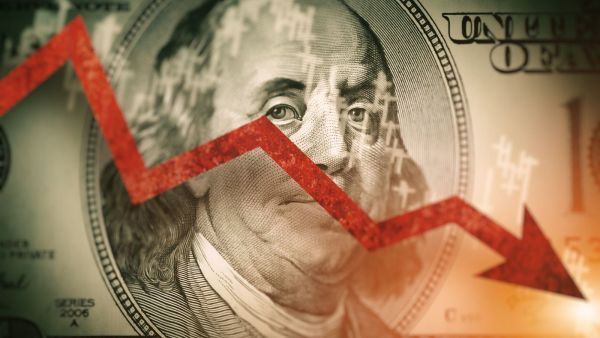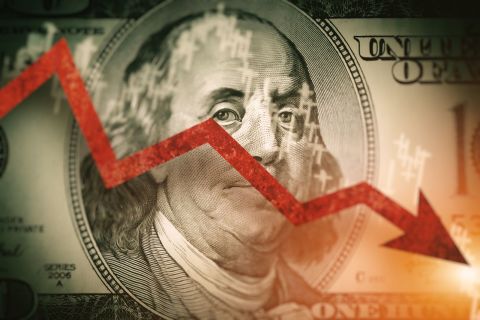Two main US bank stocks indicators fall 5%
ALBAWABA – Bank stocks fluctuated over the week as two of the main bank stocks indicators slipped to their lowest levels since May, on Sunday.
After rallying for the better part of the month since hitting their lowest levels in two years, bank stocks are slipping under pressure from the Federal Reserve (Fed).
Notably, the Fed is expected to sharply increase capital requirements for banks, especially big ones, according to Bloomberg.
US Bank stocks down
The KBW Bank Index and KBW Regional Banking Index of banks fell by at least 5 percent last week, signalling the work weekly performance since early May.
That was when JPMorgan Chase & Co. agreed to acquire First Republic Bank after its collapse.
Wells Fargo analyst Mike Mayo wrote in a note to clients that “bank stocks fell in light of three problems: the banking crisis after the collapse of (Silicon Valley Bank), the recession, and the actions of regulators that come amid expectations that three waves of regulatory tightening will harm banks,” this summer and may extend into the fall, as reported by Bloomberg.
Fed to up capital requirements
In May, Fed Chairman Jerome Powell told members of the Senate Banking Committee that the capital requirements of the largest US banks could increase by about 20 percent.

Earlier, Federal Deposit Insurance Corporation President Martin Greenberg said banks with assets of $100 billion or more would face new rules. These rules would allocate more mandatory money requirements in the event of unexpected stressors as part of the long-awaited Basel III reforms.
“Since the stress test scenario does not address the Silicon Valley deposit problem or stagflation, regulators are likely to require more capital, while increasing overall loss-absorbing capacity, and enhancing liquidity and oversight,” said Mayo.









